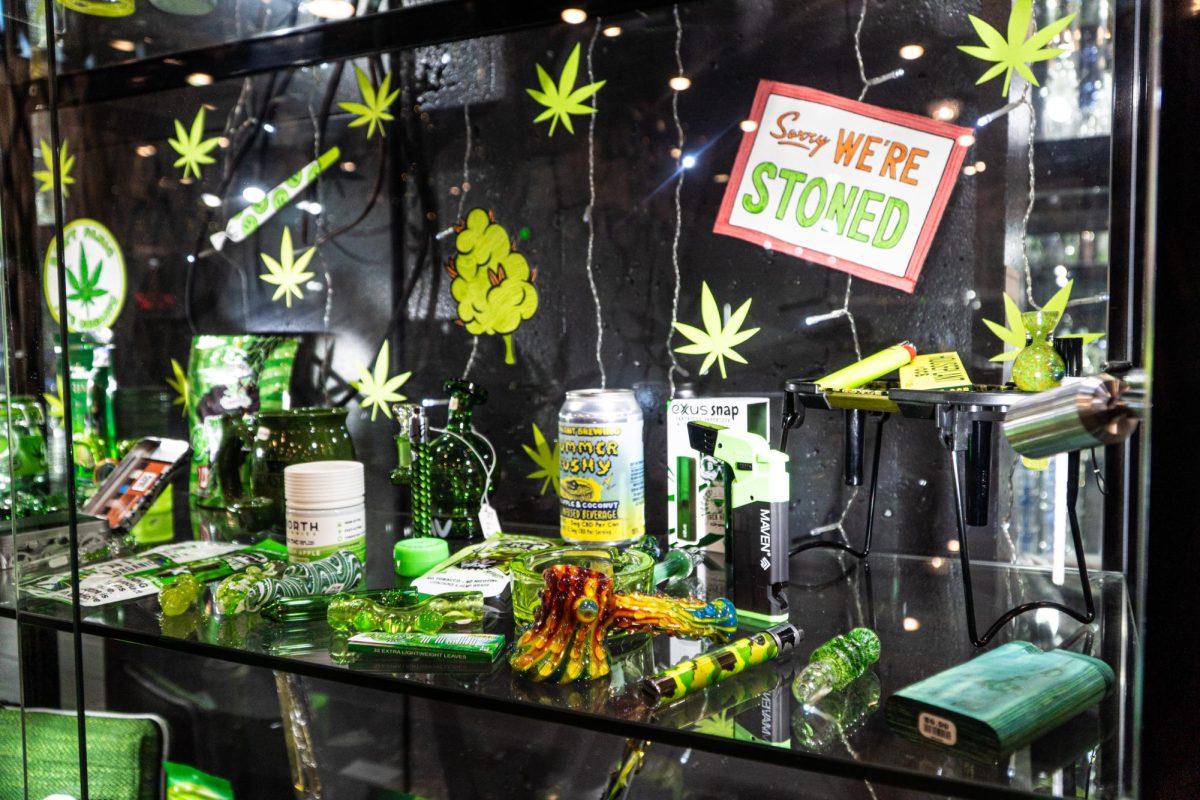As focus on global climate change increases, researchers have honed in on decreasing the amount of fossil fuels used in plastic.
A University of Minnesota study into the environmental impacts of the lifecycle of plastic bottles showed that a type of plastic bottle made of forest residue may have advantages over other types of bioplastics as well as traditional bottles made with fossil fuels.
University Northstar Initiative for Sustainable Enterprise (NiSE) graduate research assistant and study co-author Rylie Pelton said bottles made from wood are one of the most environmentally promising types of plastic.
Forestry projects often burn have leftover wood that is burned near the location that it is cut down which is a contributing factor to emissions in the area, she said. Taking this wood from those projects and burning it to make plastic eliminates those emissions.
This method also has an advantage over using residual crop waste, said Luyi Chen, lead author of the study and graduate research assistant for the University’s IonE NorthStar Initiative for Sustainable Enterprise.
“Forest residuals don’t need as much energy input as crop residuals because you don’t really need to apply fertilizer to make the forest grow faster or better,” she said.
And, according to the study, plastic derived from forest residue counters criticisms that bottles derived from crops or plants inadvertently compete with food sources and negatively impact the environment through farming.
But unknown factors concerning the source of the data for the forest residue bottles keep the researchers from drawing absolute conclusions, Chen said.
The bioplastics do have some disadvantages when compared to plastics made from organic materials to those made of fossil fuel.
Less fossil fuel is used when making bioplastics, but fossil fuel based plastics still performed better in environmental impact assessments such as smog, ozone depletion and ecotoxicity.
Bioplastics derived from switchgrass — a plant commonly used to make bottles — performed the worst.
Plastics made from forest residues also performed poorly compared to bottles made with fossil fuels though they surpassed other bioplastics that use corn.
But the push to stop the usage of fossil fuels in plastic keeps bioplastics in the mix.
Countries like the U.S. and China have increased usage of bioplastics in an effort to reduce fossil fuel usage.
“We produce crops every day in high volumes,” Chen said. “And there’s a lot of crop residuals we can collect from farm fields which can be used instead of fossil resources.”
The study said there will be a 37 percent increase in global demand of energy supplies within the next 20 years, and the U.S. consumes the most fossil fuel based plastic globally. production of bioplastic is expected to increase in 2018, according to the study,
NiSE director and study co-author Timothy Smith said many commercial enterprises, such as Coca-Cola, are looking to produce plastics made from plants.
But some large companies have struggled to environmentally sound plastics.
PepsiCo released a PLA plastic SunChips bag that was taken off the market because it was too noisy. The material was thought at the time to be the best plastic for the environment.
And Smith said for those who do not differentiate different types of plastic, recycling PLA plastic can negatively affect recycling infrastructure by interrupting the sorting process.
“We need better organic and composting systems,” he said. “[A bottle made from fossil fuels] is beneficial because it easily fits into existing recycling infrastructure. The U.S. is recycling at lower rates than the rest of the world. We can’t include any possible obstacles.”
Ultimately, the study notes mixed results that would improve upon further studies.
“Sometimes the [bioplastic] bottles are better, and sometimes they’re worse,” Chen said. “Based on the data available, I would say [bioplastic] bottles have the potential to replace [fossil fuel derived] bottles as a preferred method. But before we come to that method we need more research.”







